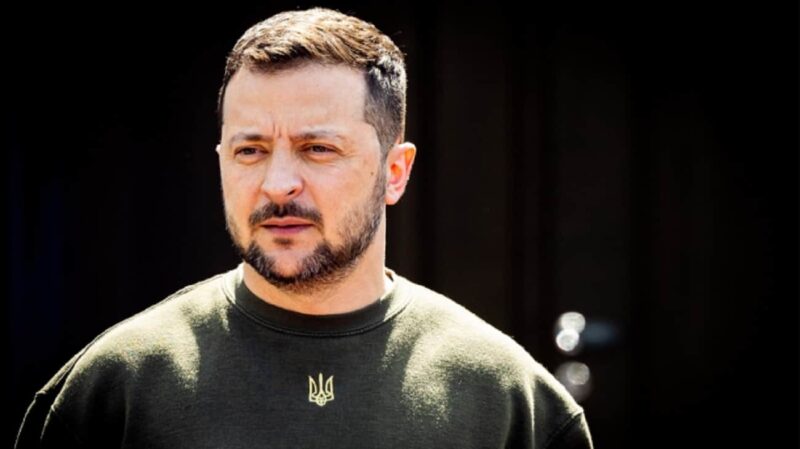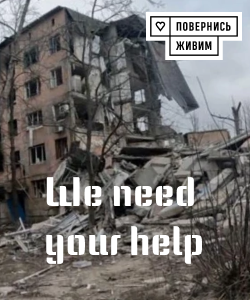During his reaction to Syrsky’s report, Zelensky stated: Russians violated the “silence” almost three thousand times

After Lieutenant General Oleksandr Syrskyi, Commander of the Ukrainian Army's Joint Forces, reported on the state of the front, President Volodymyr Zelensky made a loud statement emphasizing the scale of violations of the ceasefire regime by Russian troops. According to the head of state, 2,935 incidents were recorded in a single day, during which the Russians violated the so-called "Easter truce" declared by Moscow. "The total number of violations by the Russian army of Ukraine's promise of silence for this day amounts to 2,935," — Zelensky's words are quoted by the Presidential Office's press service. These words highlight that even during the period when Russia announced a "truce," systematic attacks continued on the front, indicating Moscow's disregard for any agreements and turning a blind eye to human suffering. Zelensky explained that the highest number of shellings and assault actions was recorded in the Pokrovsk direction. Additionally, the president emphasized that "the Курському (Kursk) area also did not see the Russian promise of complete silence," meaning the occupiers continued their attacks there as well. He also reported that Ukrainian forces faced 96 attempts of Russian assaults and repelled 1,882 attacks on Ukrainian positions, more than 800 of which involved heavy weapons. Furthermore, the enemy actively uses kamikaze drones — in particular, over 950 FPV drones have been used, creating significant threats to civilian infrastructure and military facilities. "Russia failed today to respond to the proposal for a complete ceasefire for 30 days after Easter or at least a moment of silence regarding civilian infrastructure, refraining from missile and drone strikes," Zelensky stated. He emphasized that Ukraine will respond reciprocally: "on silence — silence, on shelling — appropriate actions." He added that "actions are always more eloquent than words," and therefore Ukraine is prepared for any scenarios in its fight to defend its territory and communities. Background of the conflict: On the evening of April 19, President Zelensky and Syrskyi reported that Russia's "Easter truce," which became a key part of the Kremlin’s information campaign, has effectively not halted hostilities in the country. They stressed that shelling continues, including in the Kursk and Belgorod directions bordering Ukraine. Russian President Vladimir Putin announced on April 19 an "Easter truce" — a kind of pause in hostilities, supposedly lasting from the evening of April 19 until midnight on the 21st. It was expected that both sides would respect the ceasefire mode, but Ukrainian military sources and monitoring platforms did not record significant reductions in attacks. According to data from the analytical project DeepState, fighting persisted across all frontlines, including shellings and assault actions. While Russia proclaimed a "truce," in practice, this was just another attempt to create the illusion of peace, as hostilities in some areas either continued or even intensified. Additionally, in Zaporizhzhia region, specifically in the village of Prymorske, a civilian was wounded as a result of a drone attack around 8 p.m. on April 19. Ukrainian forces, particularly in the Kherson region, also report ongoing drone attacks after 6 p.m., when Russia supposedly declared the "ceasefire." These reports are confirmed by local officials and operational services. To summarize, the so-called "great truce" declared by Russia is mostly just a slogan and propaganda move; in reality, hostilities continue and even escalate. Ukraine remains firm in its positions and is ready to respond adequately to any changes in the situation, remembering that the true measure of peace is not verbal commitments but real actions.

